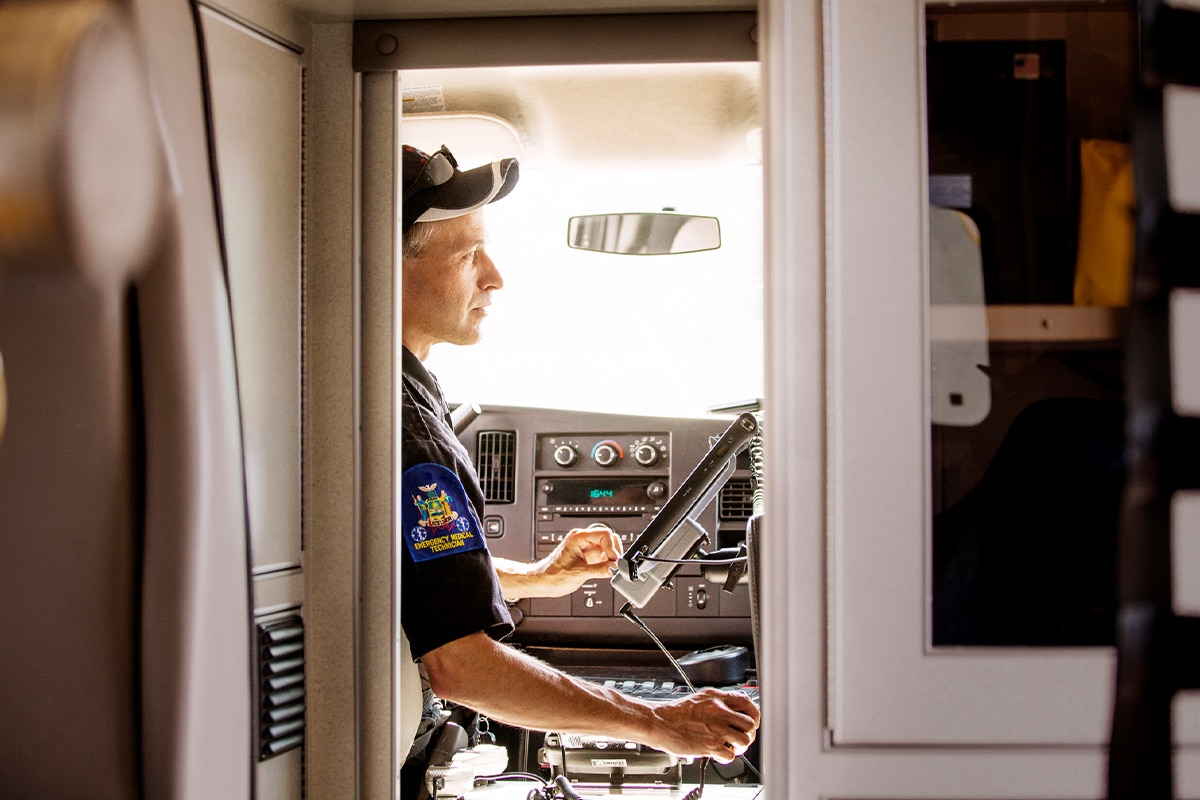Choose the Right IoT Module Partner
The cellular module is vital for a reliable connection. If the module fails, the device fails. Partner with a manufacturer with cellular modules and cards tested for extreme environments.
Communication is critical for disaster and crisis management. First responder communication devices are vital for relaying and recording details about emergencies.


First responders will have reliable coverage with access to Band 14 and commercial LTE bands for priority and preemption. They will need to leverage:
Robust IoT modules and data cards are crucial for these solutions to support clear, fast communication during emergencies.

The mobile network ecosystem has delivered business value to organizations for years. Developers can leverage private-sector technology and expertise to develop rugged IoT-enabled first responder applications.
To encourage innovation, AT&T announced that public safety personnel could sign up for the network at one of 5,300 U.S. retail stores.

First responders often find themselves in rough environments. The best network availability can’t make up for device functionality issues. To prevent device failure, IoT device developers must ensure that first responder IoT devices are ruggedized to handle:

Applications for first responder IoT devices include:
OEMs and applications developers must design devices and select modules with emphasis on ruggedness and reliability.
The cellular module is vital for a reliable connection. If the module fails, the device fails. Partner with a manufacturer with cellular modules and cards tested for extreme environments.
There’s no official ruggedness testing for the first responder certification process. However, OEMs should perform ruggedness testing in-house for these devices. Testing should adhere to the MIL-STD-810 performance guidelines.
What is FirstNet, and how is it used alongside IoT for first responders?
The first responder network (FirstNet) is the nationwide public safety communications platform dedicated to first responders in the U.S., including:
It provides emergency responders with a high-speed mobile broadband network for public safety. This network prioritizes first responder communication using a tiered strategy to ensure those responding to crises have uninterrupted communication. FirstNet was built with AT&T in a public-private partnership with the First Responder Network Authority (FirstNet Authority).
What is the history of public safety broadband in the U.S.?
2001: After the 9/11 tragedy, it became clear that the U.S. needed to make changes to improve communication for public safety officials.
2010: The 9/11 Commission recommended the creation of a national public safety network. The FCC began developing a more reliable way for first responders to communicate in March 2010.
2012: The First Responder Network Authority was authorized to develop and oversee the first responder network in February 2012.
2017: Building out the first responder cellular network began in March 2017. This network leveraged 20 MHz of government spectrum in the 700 MHz band, Band 14. In December 2017, every U.S. state and territory opted in to using this mission-critical communication service.
2019: COVID-19 began its rapid spread worldwide. Even as the crisis continued in 2020, the first responder network kept emergency personnel connected without interruption.
2020: FirstNet expands its LTE coverage area, surpassing 2.61 million square miles in the U.S.
2021: FirstNet achieves significant milestones:
FirstNet also enabled local and state governments and health organizations to coordinate COVID-19 vaccine distribution.
How is IoT technology used to support emergency services?
IoT technology supports emergency services in several impactful ways:
What are the most important factors for an emergency services IoT solution?
The most important factors for an emergency services IoT solution include:
We’ve pioneered IoT products and solutions for over 30 years. Speak with our IoT experts to find the right module or data card for your first responder application.